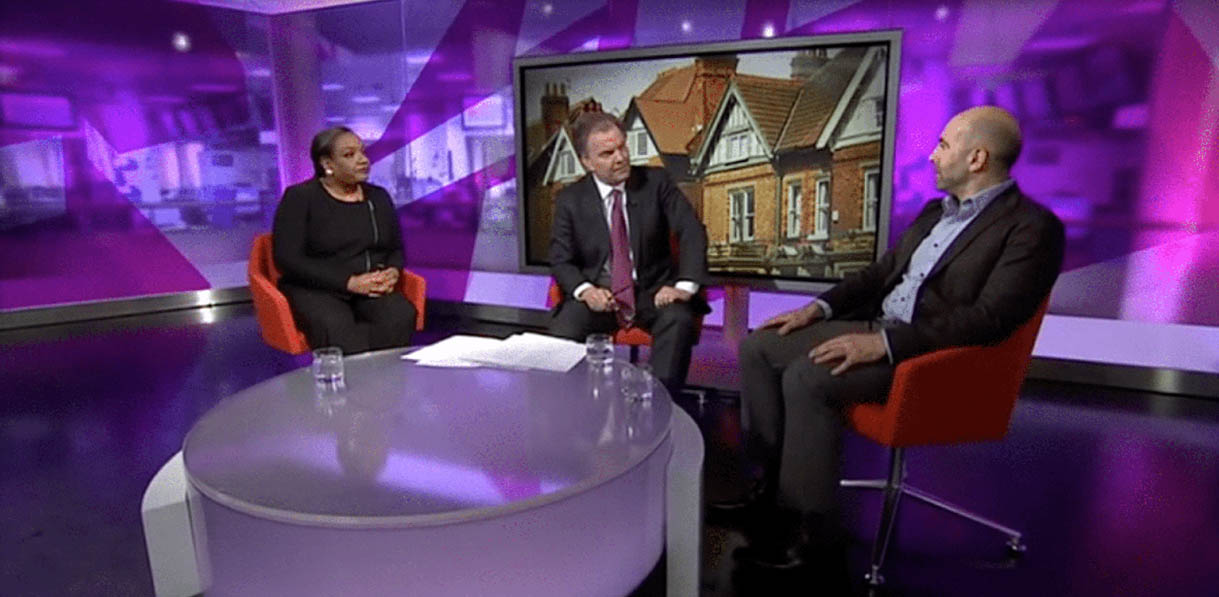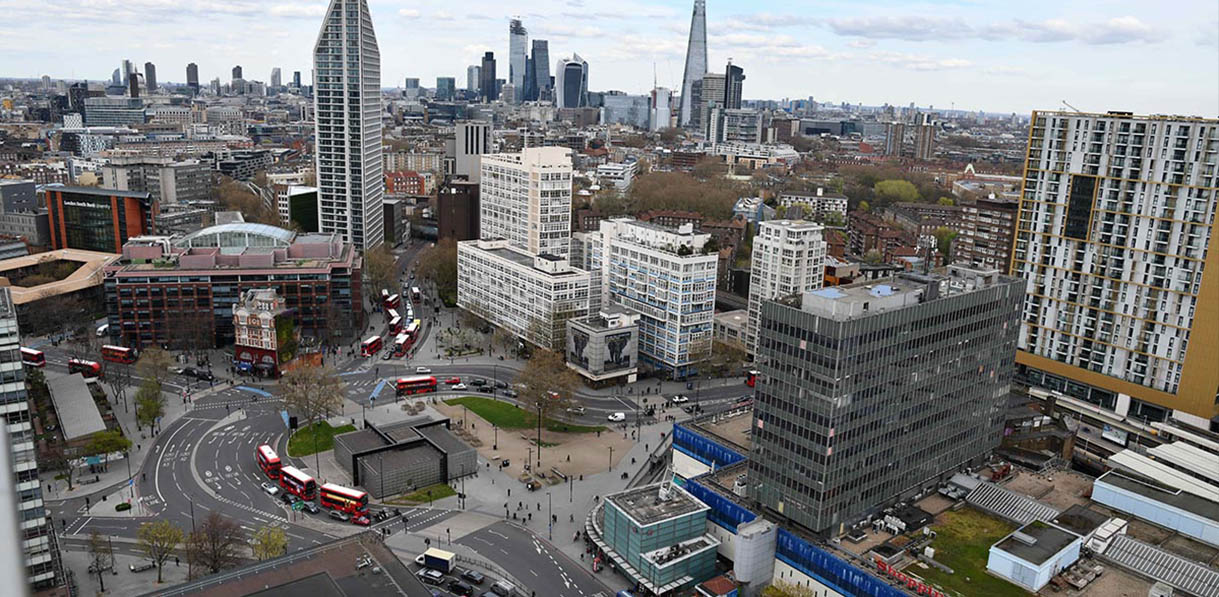If you own four or more properties, brace yourself for the latest tranche of buy to let criteria being introduced by lenders as a result of Bank Of England regulation. From 30 September 2017, the bank’s Prudential Regulation Authority (PRA) now defines you as a portfolio landlord and lenders must seek additional information from you such as your experience of the buy to let market, full portfolio of properties and outstanding mortgages, your assets, liabilities and tax liabilities, your business plan and cashflow predictions.
These requirements are in addition to minimum Income Coverage Ratio calculations introduced in January 2017. The PRA acknowledged that 125% rental coverage was the norm, but stipulated a minimum stress test rate of 5.5%. Given lenders are required to take account of tax liabilities, most have introduced a stress test of 145% at 5.5%. That means that for a buy to let mortgage, the rental income must cover 145% of the interest only mortgage payment as though the mortgage were charged at an interest rate of 5.5%. In practice landlords are now eligible for much lower loan to value mortgages. Previously, if the rental yield was 5% – typical in London – you could expect to borrow 80% of the value of the property. Now you would be looking at 63% loan to value. In practice you could be paying a mortgage of £600 at 1.99% but need the rental coverage to be £2400: complete overkill.
Lenders had been slow to disclose their policies, but many have declared they will work with portfolio landlords, notably the newer and specialist lenders: Shawbrook, Aldermore, Kent Reliance, Precise and Paragon. The three biggest lenders Coventry, BM Solutions and TMW has also said they will, though BM have introduced a new cap of 10 properties. Some have yet to declare or slipped through new policy this week. Many are not geared up to assessing business plans and cashflow so have opted out of the market, which bodes poorly for competition. Like many landlords, I have applied for further advances on loans which are with lenders whom I know will no longer lend to me after the changes. I am particularly shocked that some lenders are applying a stress test of 145% at 5.5% to the landlord’s whole portfolio. I have excellent cashflow and a low loan to value across my portfolio but fail this test. This is because my other mortgages were mostly taken out before such stringent criteria applied. How can it make sense to change the goalposts on loans underwritten years ago? Coventry sensibly applies a lower 125% at 5.5% stress test.
I think lenders have generally interpreted the Supervisory statement from the PRA too conservatively. For example 5 year fixes are exempt from the 145 x 5.5% stress test, lenders are free to apply a 125% at payrate stress test. So if the five year fixed rate is 2.8%, they could apply a stress test of 125% at 2.8%. But most apply a stress test rate of around 5%. Similarly mortgages taken out before January 2017 that are being remortgaged should be exempt, but are being subjected to 125 x 5.5%. Even commercial lenders are applying these stress tests to borrowing for residential lets, when their products are commercial, priced at commercial rates and patently not buy to let.
Since November 2015, the government has introduced section 24 changes to taxation, taxing landlords on their turnover rather than their profits. They introduced additional stamp duty of 3% on property purchases, they have restricted buy to let lending and now doubly restricted it for landlords with four properties or more. Four levers pulled in quick succession to substantially slow lending to landlords. This is nothing to do with prudential lending, all to do with politics. If you’re a cash buyer, times have never been better, which shows what an elitist policy it is. All at a time when we are seeing weakening tenant demand, softening house prices and the uncertainty of how Brexit will affect our economy. Meanwhile, local authorities are desperate for landlords to let them lease their properties to deal with their ever increasing queues of people in housing need. They are likely to see a declining offer from landlords, forced to put up their rents to meet the new criteria and cover additional tax.
It seems to me we will have to wait for two factors before we see any change. Lenders will see such a decline in their business that they will need to change their stress test on portfolio landlords to something more sensible like Coventry’s approach. Or the PRA will lower the stress test rate – even a quarter per cent to 5.25% would make a substantial difference. As landlords stop investing, a shrinking private rental sector exacerbates the housing shortage and rents go up, who will get the blame?









